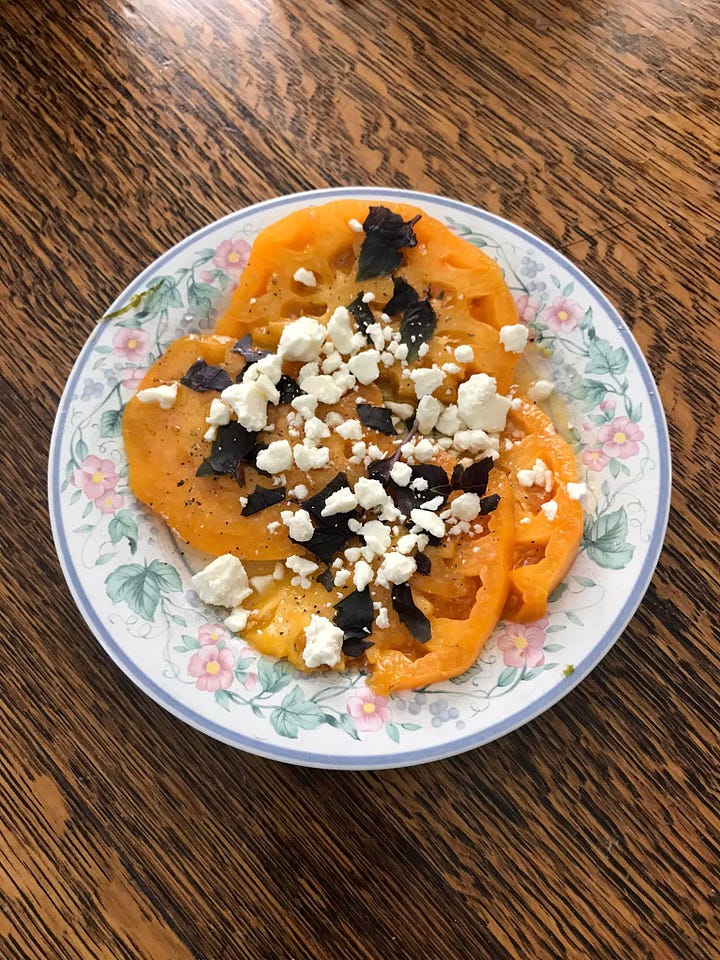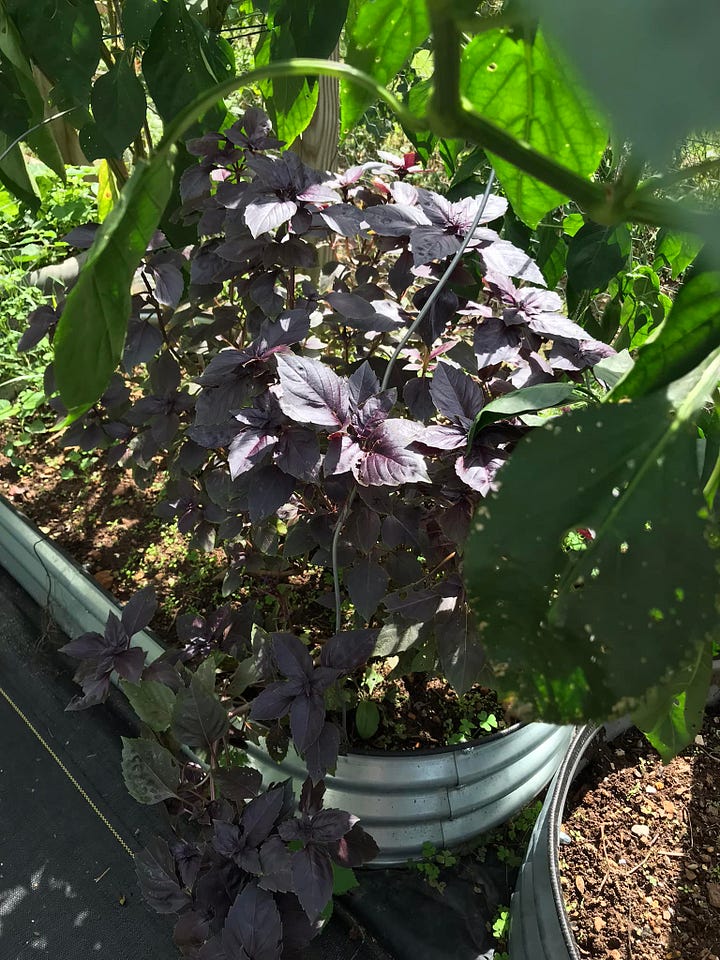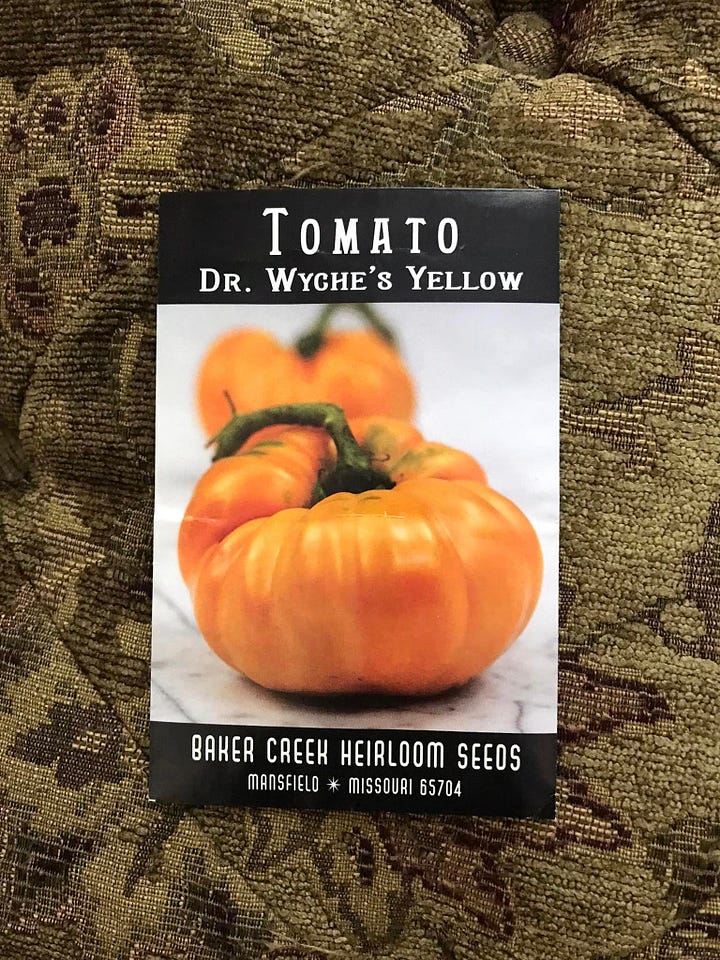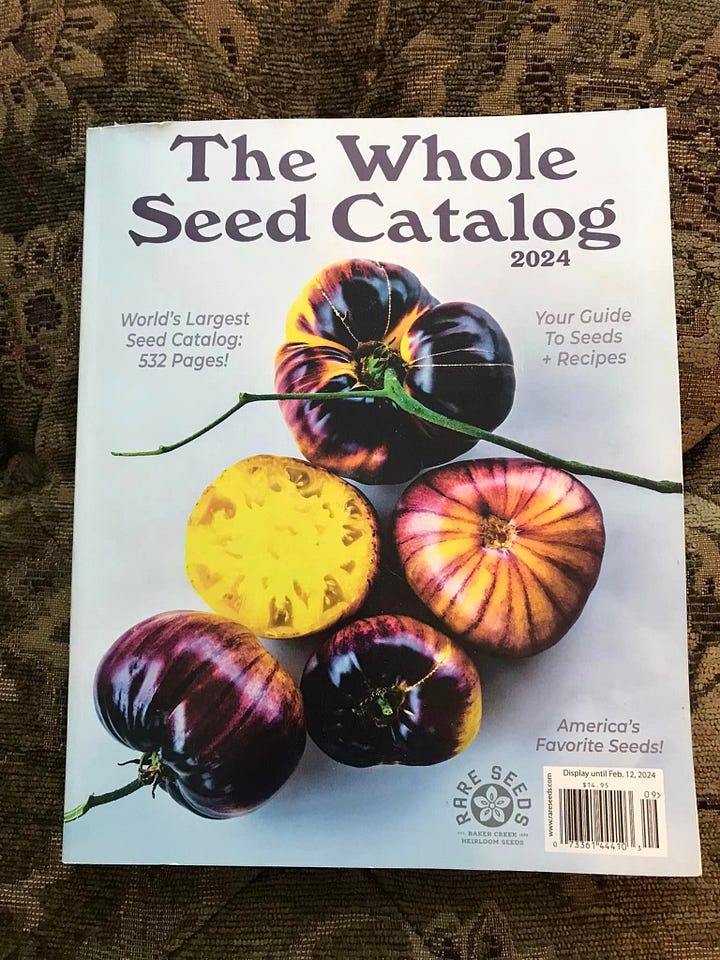In our last newsletter we talked about the nicotine content of vegetables and the use of nicotine in long-covid.
Following a SARS-CoV-2 infection, many individuals suffer from post-COVID-19 syndrome. It makes them unable to proceed with common everyday activities due to weakness, memory lapses, pain, dyspnea and other unspecific physical complaints. Several investigators could demonstrate that the SARS-CoV-2 related spike glycoprotein (SGP) attaches not only to ACE-2 receptors but also shows DNA sections highly affine to nicotinic acetylcholine receptors (nAChRs). The nAChR is the principal structure of cholinergic neuromodulation and is responsible for coordinated neuronal network interaction. Non-intrinsic viral nAChR attachment compromises integrative interneuronal communication substantially. This explains the cognitive, neuromuscular and mood impairment, as well as the vegetative symptoms, characterizing post-COVID-19 syndrome. The agonist ligand nicotine shows an up to 30-fold higher affinity to nACHRs than acetylcholine (ACh). We therefore hypothesize that this molecule could displace the virus from nAChR attachment and pave the way for unimpaired cholinergic signal transmission. Treating several individuals suffering from post-COVID-19 syndrome with a nicotine patch application, we witnessed improvements ranging from immediate and substantial to complete remission in a matter of days.
Is the post-COVID-19 syndrome a severe impairment of acetylcholine-orchestrated neuromodulation that responds to nicotine administration? - PMC (nih.gov)
However, nobody called me out on my comments in regard to eating copious amounts of tomatoes for the potential nicotine cholinergic effects or asked me if they aggravated the post-viral arthritis I sometimes have, so I was left wondering if some of you are afraid of curiosity because of something you may have heard about cats. Although, if I still know some of you well, at least one of you may have done a happy dance for me on the top of her desk (even if it was only in her mind) in celebration of my viral and trouble-free flying experience. YAY!
I’m happy to report that I got back on an airplane, enjoyed my travels and did not get sick (even though there were people coughing with who knows what). I’m sure you can sense that the above quote was laced with some nervous tension because it was, but I didn’t let my nerves get the best of me and instead of breaking down, I ate copious amounts of tomatoes, in spite of video ads I have seen about them aggravating arthritis, and I had a consultation with a local Physician’s Assistant who practices at a wellness clinic that takes a functional medicine approach to things like long-covid and cellular/metabolic health. I am happy to report that the tomatoes and the things recommended resulted in a Covid free journey for me!
Joy Ride - by Stephanie Schaible, MT (ASCP) (substack.com)
Thank You Lisa Brunette for reminding me that remembering past events like the time I got very sick after flying is good for me because feeling the feelings and letting them go is better than storing them in my body and having them manifest as sickness later.
It’s far healthier to feel the powerful emotions triggered by a traumatic memory, especially if you were there, if you lived through it personally, but even if it’s a cultural one rather than lived experience. Feel them first, and then let them go.
But letting go doesn’t mean forgetting. The truth will always set us free, and remembering allows us to keep the truth alive, rather than papering over it, rewriting history, or pretending it never happened. Anything less is cultural gaslighting.
Letting go means not getting carried away by our emotions, not letting the fear, the anger, and the pain dictate our actions. I believe it’s important to remember tragic events, so that we can keep the truth of them alive and to work to never let the tragedy happen again—if there are ways to prevent it. Almost always, there are.
Memorials exist for this reason, to give us a place to grieve and safely remember: Without getting swallowed by the grief, without getting carried away with the anger, without allowing the pain to stop us in our tracks.
Remembering is good for us - by Lisa Brunette (brunettegardens.com)
I did eat copious amounts of little yellow cherry tomatoes while traveling this summer because a bowl full of them left on a counter always begs to be eaten, but what I probably should have eaten was eggplant since it has a lot more nicotine than tomato, but eggplants are not my thing and since I’ve heard something about good brain health being tied to curiosity, I did the nicotine eggplant math and have decided there’s no way I’m going to eat 22 pounds of eggplant in order to try and get the nicotine content of one cancer causing cigarette (1-2 mg). The last thing I need is to start looking more attractive to Chester the Molester because eating all of those eggplants might turn me into a "belladonna”. Before you judge me on the molester part of his name, my mom likes to name my chickens, and Chester got his name by running over his sisters to be the first in line at feeding time. He likes my treats. Plus, Chester the Molester has a rhyming flow to it like green on the bean or Old Yeller or blue on the shoe or red on the head do when you’re playing Uno with my mom aka g-ma, so there you go.


Plus, the arthritis nightshades connection may be a myth of atropine confusion, either way, I’m not sure what the Italians were talking about because I’ve never been able to see myself after the eye doctor has dilated my eyes.
There is an allegation floating around that these "nightshade" vegetables (so-called because they can grow in shade), vegetables should be shunned, particularly by arthritis sufferers, because they cause inflammation. There is no scientific evidence for this and avoiding these vegetables unnecessarily restricts diets. It should be mentioned that "deadly nightshade," also known as belladonna, is quite distinct from the nightshade vegetables and should be avoided due to its potentially dangerous content of atropine. Incidentally, the name "belladonna" means "beautiful woman" in Italian; Roman ladies treated their eyes with the juice of the plant's berries to dilate their pupils which supposedly made them look more beautiful. Eggplants Contain Nicotine | Office for Science and Society - McGill University
The really fun thing about our chickens and yellow tomato seeds (that are really orange) is that they (and a gorgeous Baker Seed Catalog) all came to us from a friend who has had cancer. This particular variety of yellow tomato (as seen beautifully sliced in last month’s newsletter and in this post) is not acidic (it’s a bit sweet) and while I generally prefer the zing of an acidic tomato, acidic tomatoes may not go with long covid gut dysbiosis (depending on how you have been affected), so this may be the tomato dysbiotic dreams are made of.
Slice Dr. Wyche’s up and then sprinkle Greek seasoning and crumbled feta or goat cheese and some purple basil over your tomato slices along with a drizzle of olive oil and you may hear angels singing as you partake of it. It’s the perfect fix for when you’re craving layered Greek appetizer, but you won’t be going to any parties or potlucks the day your tomatoes are ripe.
*Note- if you have no elephant manure, I’m sure chicken manure will make a good substitute. Dr. Wyche was a circus man.




Those of you who have been reading our newsletter are already familiar with the Mediterranean diet and its associated cancer recommendations. I think Dr. Wyche’s tomatoes fit the bill! I’ve put together a few other recipe links for you and hope you enjoy them. We have been loving the marinated zucchini noodles this year and can’t think of a better way to use up some of those zucchinis that grew bigger than you thought they would overnight.
Here are the recipe links-
Marinated Zucchini Noodles Recipe – Pickled Zucchini Noodles Recipe — Eatwell101
My recipe for layered Greek appetizer is simpler than this one. I do not use all of the veggies listed in this version, and I use a bit of sea salt and Greek seasoning, but you do you and make it to your own taste.
My Big Fat Greek Appetizer | Feta Dip Recipe - Lana’s Cooking (lanascooking.com)
I saw a lady in Azerbaijan making this eggplant appetizer and it looked tasty, even though I’m not an eggplant person.
Roasted Eggplant and Pepper Spread (Zacusca) - Jo Cooks
and I have decided to share this one with you as I have been enjoying some of the recipes out of The Mediterranean Dish cookbook.
Easy Caponata Recipe, Sicilian-Style | The Mediterranean Dish
Following a Mediterranean way of eating is sensible, joyful, and balanced. It prioritizes wholesome ingredients and focuses on vegetables, fruits, whole grains, and legumes along with lean proteins from fish and poultry and good fats from things like extra virgin olive oil.
Mediterranean Diet (Free Resources & Recipes) | The Mediterranean Dish
Bonus link to our first recipe post- Recipes aka Nourishment - by Stephanie Schaible
and a link to the scientific nicotine content of veggies for the curious.
The Nicotine Content of Common Vegetables | New England Journal of Medicine (nejm.org)
bon appétit!
Best Wishes!
My name is Stephanie, and I can do hard things.
*Leaving Death in the Dust is a newsletter and is not a replacement for professional, regulated, medical, healthcare. This is informational and educational. Some of us in this community may have worked in the healthcare system, but we are not your medical provider and whatever you find here is not the establishment of a professional medical relationship or medical advice. **That is an MT behind my name not an MD.
Subscribe to ensure you stay connected and to be a part of our healing community (every edition will go straight to your inbox).
If talking about unavoidable things like sickness and death were as popular as talking about sex is these days, our subscription numbers would be skyrocketing, but they are not, which is something I sort of heard while at a funeral once. We also talk about health and healing, and we do it with a witty, but sometimes dry sense of humor on our face.
Throw us a subscription bone, your mitochondria may thank you for your efforts. Our newsletter titles may seem a bit obscure (think Young Sheldon), but the Substack search bar on our webpage works like a charm in helping you find what you may not know you were looking for.





As an organic chemist, I would put my bets on electrostatic interactions ( cell walls, virus spike active sites) as to why CPC is so effective in deactivating this virus almost instantly. I don’t see any role for NO here, though by itself NO is powerful. With its similar structure, Nicotine could be as effective, for the same reasons. It is very much amenable for a synthetic conversion to a CPC analogue, in which case it is my guess that it can be devastatingly powerful for the virus. This conversion might possibly eliminate the concerns about nicotine. Any takers for this simple exploration ? Nicotine is used for weaning from smoking and as such all that is wrong about tobacco should not be ascribed to it. Tobacco has more than 3000 identified chemical constituents, including other alkaloids. Also, we are looking at only short/medium term therapy with these molecules, ideally in combination with others.
Nicotine’s chemical structure is a perfect fit as anti viral - if my premise is correct. Small, two rings, one a pyridine and the N-methyl pyrrolidine ring. The latter, in particular, can latch on to the cationic spike segments and render them useless. That is how, Nicotine can strip this virus. If I were a working drug (organic) chemist ( long retired, though), I would have added a Cetyl chain to the pyridine nitrogen, make it a powerful quarternary centre, which would protect the anionic surfaces of host cell walls from the approaching virus, a la, CPC (Cetyl Pyridinium Chloride), the common mouth wash ingredient that destroys this virus in seconds. That is some very simple chemistry at work. By the same mechanisms, Nicotine would also save cells from the lingering cationic lipid nano shells of m-RnA vaccines and even destroy them - eliminate one pathogenic source for long vax manifestations. People are benefiting from its use, but the experiences has not caught the attention of mainstream clinician.